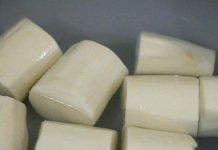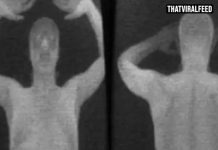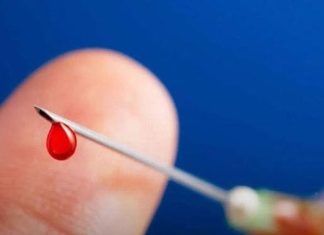In the mid-1980s, Galen Winsor a nuclear chemist with decades of experience in the U.S. nuclear industry undertook an extreme measure to prove his point: he consumed uranium oxide in front of a live audience.
Winsor later explained that he performed the act to challenge what he saw as exaggerated public fear of nuclear radiation—a fear he believed was intentionally cultivated by powerful interests to slow the adoption of nuclear power. He made similar claims on stage 77 times across America.
Who Was Galen Winsor?
Born in 1926, Winsor earned a degree in chemistry and worked at Hanford, Washington, where he oversaw procedures related to plutonium extraction for nuclear power. During the Cold War, he helped design nuclear fuel processing plants and served as a safety manager at multiple facilities, including in Colorado, California, and Illinois. While many social media posts describe him as a renowned physicist, the truth is that he was formally trained as a chemical expert. He never published in peer-reviewed physics journals.

What Happened After He Ate Uranium?
The talk was filmed in 1985 (or 1986, per some sources), but the clip gained viral attention only in recent years. Winsor lived for more than two decades after the demonstration—dying in 2008 at the age of 82 or 86, depending on the source. His obituary did not list radiation exposure as a cause of death. Despite his dramatic gestures, observers emphasize he likely consumed only a tiny amount of uranium oxide. That substance is poorly absorbed by the digestive system, which would result in low internal exposure.
Chemical Toxicity vs. Radiation Risk
Modern toxicology explains that the immediate danger from ingesting uranium comes not from its radioactive emissions but from its chemical toxicity—particularly to the kidneys, which may suffer damage when soluble uranium is ingested. Insoluble forms, such as uranium oxide, tend to pass through the digestive tract without significant absorption, limiting radiation risk—but prolonged or repeated exposures may still carry kidney-related risks. Some animal studies also link chronic exposure to fertility issues or neurochemical changes, though findings are mixed.
Public Reception and Skepticism
At the time, government regulators expressed concern. A spokesperson from Washington State noted that although Winsor’s act might technically be legal since the dose was minuscule, it was, at best, irresponsible. Yet many who saw him speak were fascinated: one YouTube commenter called him “an absolute legend,” while another pointed out that he lived into his eighties—some interpreted it as evidence that such small doses are not especially dangerous. Still, experts strongly advise against attempting anything similar. Even small amounts of uranium can be dangerous—especially in soluble forms or if inhaled, which can lead to more serious radiation and chemical exposure.
Legacy and Lessons Learned
Based on available evidence, here’s what can be said:
- Authenticity: The footage is real, and Winsor appears in it performing the consumption stunt.
- Motivation: He intended the experiment to visibly challenge what he considered irrational nuclear fear among the public.
- Chemist, not physicist: While often described as a physicist, Winsor was educated as a chemist with nuclear-industry experience, rather than formal physics credentials or peer-reviewed work.
- Health outcomes: He survived for decades after consuming uranium, but his ultimate cause of death is unknown and may have been unrelated.
- Scientific caution: Uranium exposure carries both chemical and radiological risks—especially via ingestion of soluble forms or chronic exposure—and the stunt is strongly discouraged.

Final Thoughts
Galen Winsor’s uranium experiment remains one of the most memorable and controversial demonstrations in nuclear history. While his personal survival past the stunt may have seemed compelling to some, it does not negate the well-documented health risks associated with uranium exposure. Today, scientists universally warn against such unsupervised experiments—both due to chemical toxicity and radiological hazards. If you’re curious about how those risks apply in real-world contexts or how uranium toxicity is measured and regulated, I’d be happy to explain more.

















